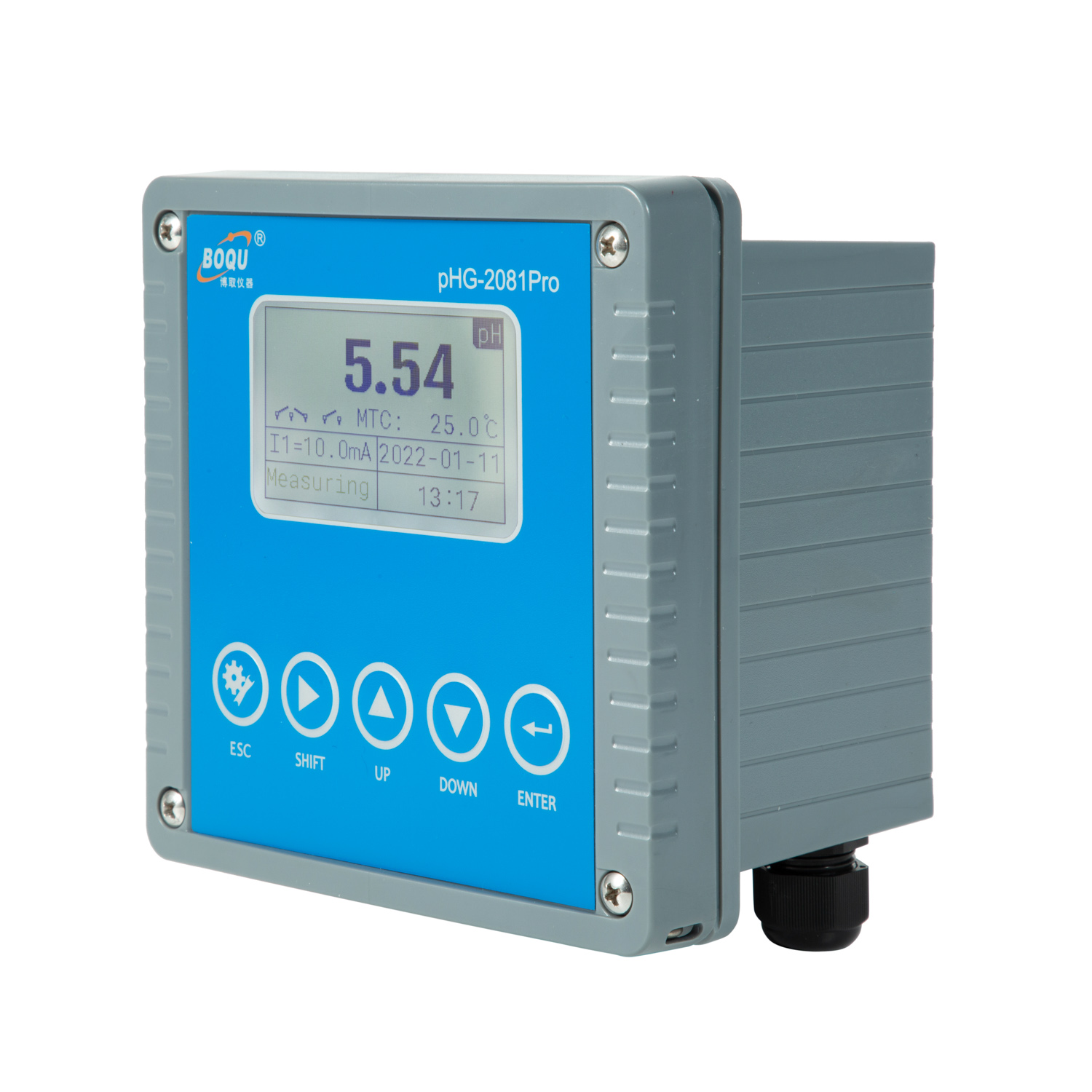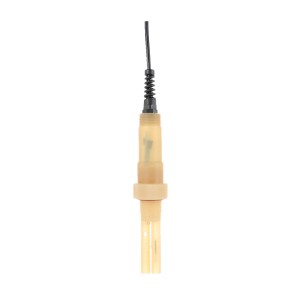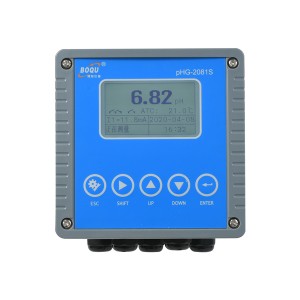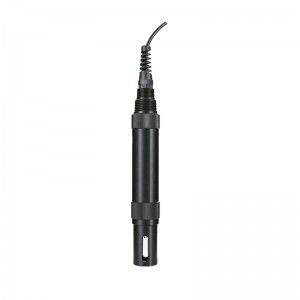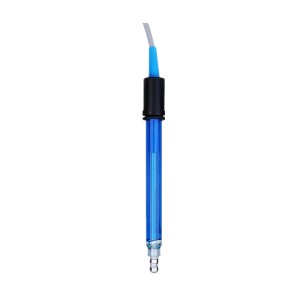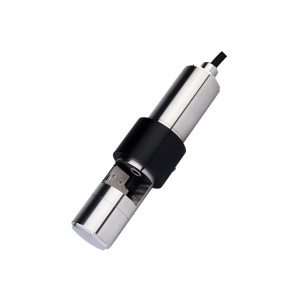What is an ORP sensor? ORP sensors are commonly used in water treatment, wastewater treatment, swimming pools, and other applications where the quality of the water needs to be monitored.
They are also used in the food and beverage industry to monitor the fermentation process and in the pharmaceutical industry to monitor the effectiveness of disinfectants.
The following will introduce you to the basic information of the ORP sensor, as well as some tips to make better use of it.
What Is An ORP Sensor?
What is an ORP sensor? An ORP (Oxidation Reduction Potential) sensor is a device used to measure the ability of a solution to oxidize or reduce other substances.
It measures the voltage generated by a redox reaction in a solution, which is directly related to the concentration of oxidizing or reducing agents in the solution.
How do you calibrate an ORP sensor?
Calibrating an ORP sensor involves a series of steps to ensure accurate measurements. Here are the steps involved in calibrating an ORP sensor:
l Step 1: Choose a standard solution
The first step in calibrating an ORP sensor is to choose a standard solution with a known ORP value. The solution should be of the same type and concentration as the solution being measured.
l Step 2: Rinse the sensor
Before immersing the sensor in the standard solution, it should be rinsed with distilled water to remove any contaminants or residues that may affect the readings.
l Step 3: Immerse the sensor in the standard solution
The sensor is then immersed in the standard solution, making sure that both the reference and sensing electrodes are submerged.
l Step 4: Wait for stabilization
Allow the sensor to stabilize in the solution for a few minutes to ensure that the readings are accurate and consistent.
l Step 5: Adjust the reading
Using a calibration device or software, adjust the reading of the sensor until it matches the known ORP value of the standard solution. The adjustment can be made by either adjusting the output of the sensor or by entering a calibration value into the device or software.
How Does An ORP Sensor Work?
After understanding what is an ORP sensor and how to calibrate it, let’s understand how it works.
An ORP sensor consists of two electrodes, one that is oxidized and one that is reduced. When the sensor is immersed in a solution, a redox reaction occurs between the two electrodes, generating a voltage that is proportional to the concentration of oxidizing or reducing agents in the solution.
What Factors Can Affect The Accuracy Of ORP Sensor Readings?
The accuracy of ORP sensor readings can be affected by factors such as temperature, pH, and the presence of other ions in the solution. Contamination or fouling of the sensor can also affect accuracy.
Solution temperature:
The temperature of the solution being measured can affect the accuracy of ORP sensor readings. This is because the ORP value of a solution can change with temperature, and some sensors may not be able to compensate for these changes.
pH level:
The pH level of the solution can also affect the accuracy of ORP sensor readings. Solutions with a high or low pH can affect the stability of the sensor’s reference electrode, leading to inaccurate readings.
Interference from other substances:
Interference from other substances in the solution being measured can also affect the accuracy of ORP sensor readings. For example, high levels of chlorine or other oxidizing agents in the solution can interfere with the sensor’s ability to accurately measure the ORP.
How To Better Use An ORP Sensor?
After understanding what is an ORP sensor and the factors that may affect its accuracy, how can we use the sensor to obtain more accurate results? Here are some suggestions to make better use of ORP sensors:
l How do you maintain an ORP sensor?
ORP sensors should be kept clean and free from contamination or fouling. They should be stored in a clean, dry place when not in use. It is also important to follow the manufacturer’s recommendations for maintenance and calibration.
l How often do ORP sensors need to be calibrated?
ORP sensors should be calibrated regularly, typically every 1-3 months. However, the frequency of calibration may depend on the specific application and the manufacturer’s recommendations.
What Are Some Factors To Consider When Selecting An ORP Sensor?
When selecting an ORP sensor, there are several factors to consider. Here are some factors to keep in mind, with BOQU as an example:
Measurement range:
BOQU provides a range of ORP sensors suitable for different measurement ranges. For example, the BOQU Online ORP Sensor can measure ORP values within a range of -2000 mV to 2000 mV, making it suitable for various industrial applications.
Sensitivity:
BOQU ORP sensors are highly sensitive and can detect small changes in ORP values accurately. For instance, the BOQU High-Temperature ORP Sensor can detect changes in ORP values as small as 1 mV.
Moreover, this ORP sensor has a high-temperature-resistant design and can be directly used for l30°C sterilization, which is beneficial for installation in tanks and reactors. It is widely used in bioengineering, pharmaceutical, beer, food, and beverage industries.
Ease of use and maintenance:
BOQU ORP sensors are easy to use and require minimal maintenance. The sensors are easy to calibrate and have a long service life. For example, the BOQU Portable ORP Meter has a compact design, making it easy to carry around and use on the go. It also has a simple calibration process that can be done quickly and easily.
Final words:
Do you know what is an ORP sensor now? If you want a more accurate, durable, and anti-jamming ORP sensor, BOQU will be a good choice.
When selecting an ORP sensor, it is important to consider factors such as the measurement range, accuracy, response time, temperature and pressure capabilities, and compatibility with the specific application. Cost and durability are also important considerations.
Post time: Mar-23-2023

